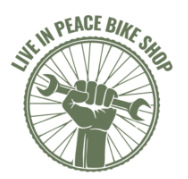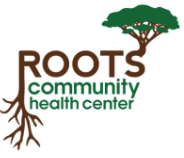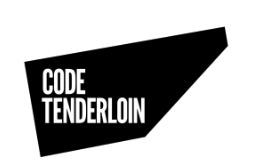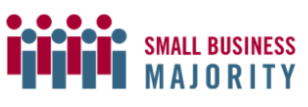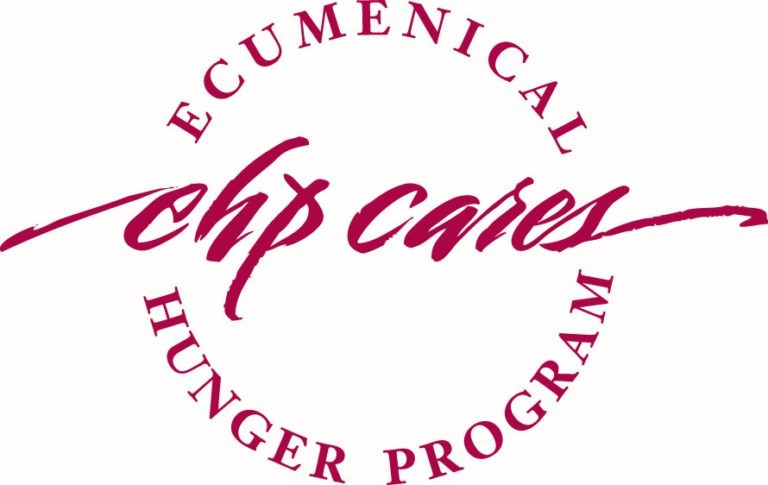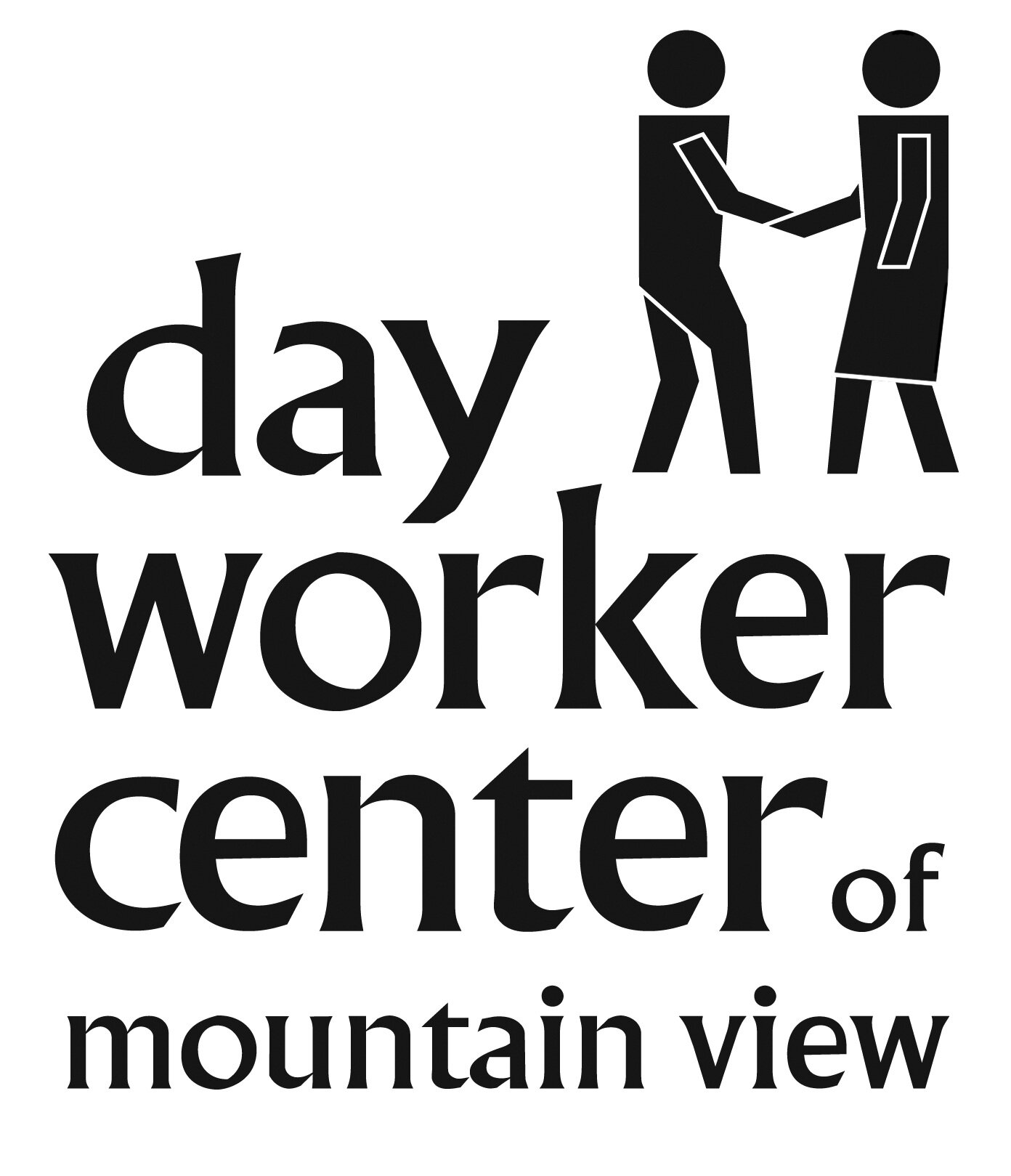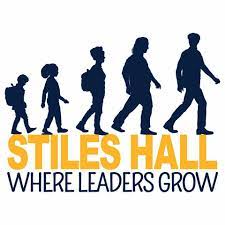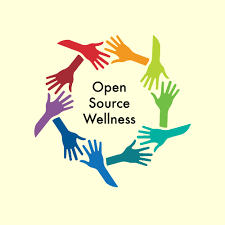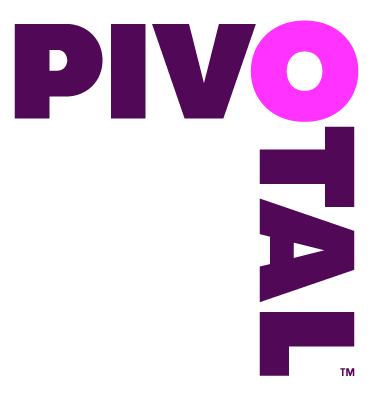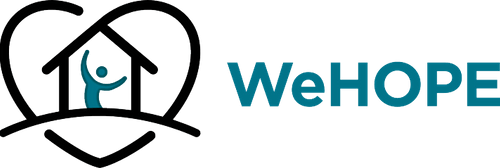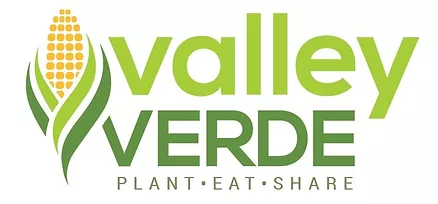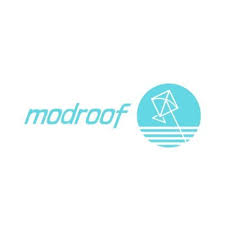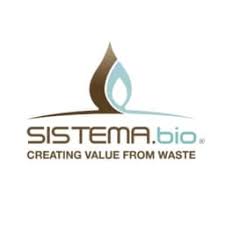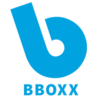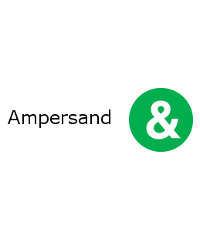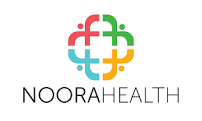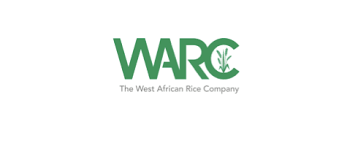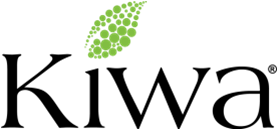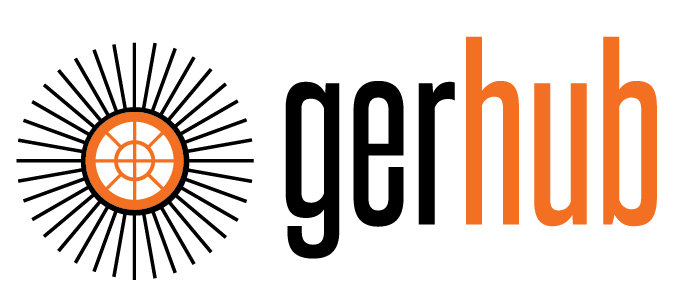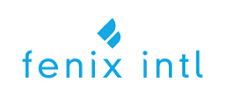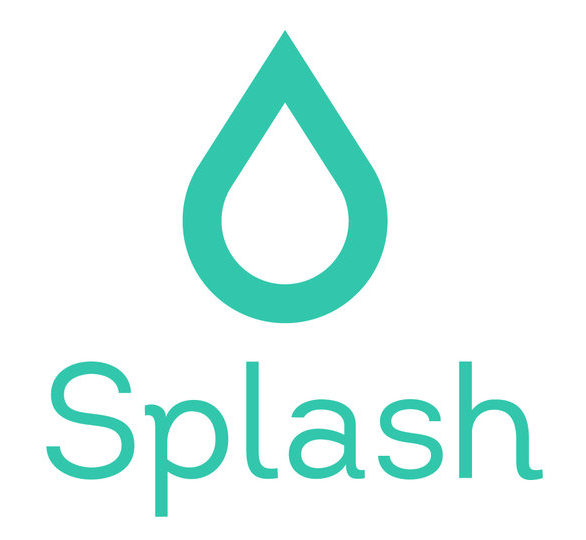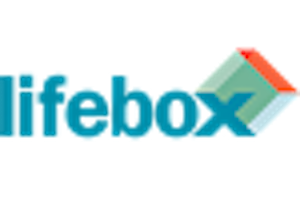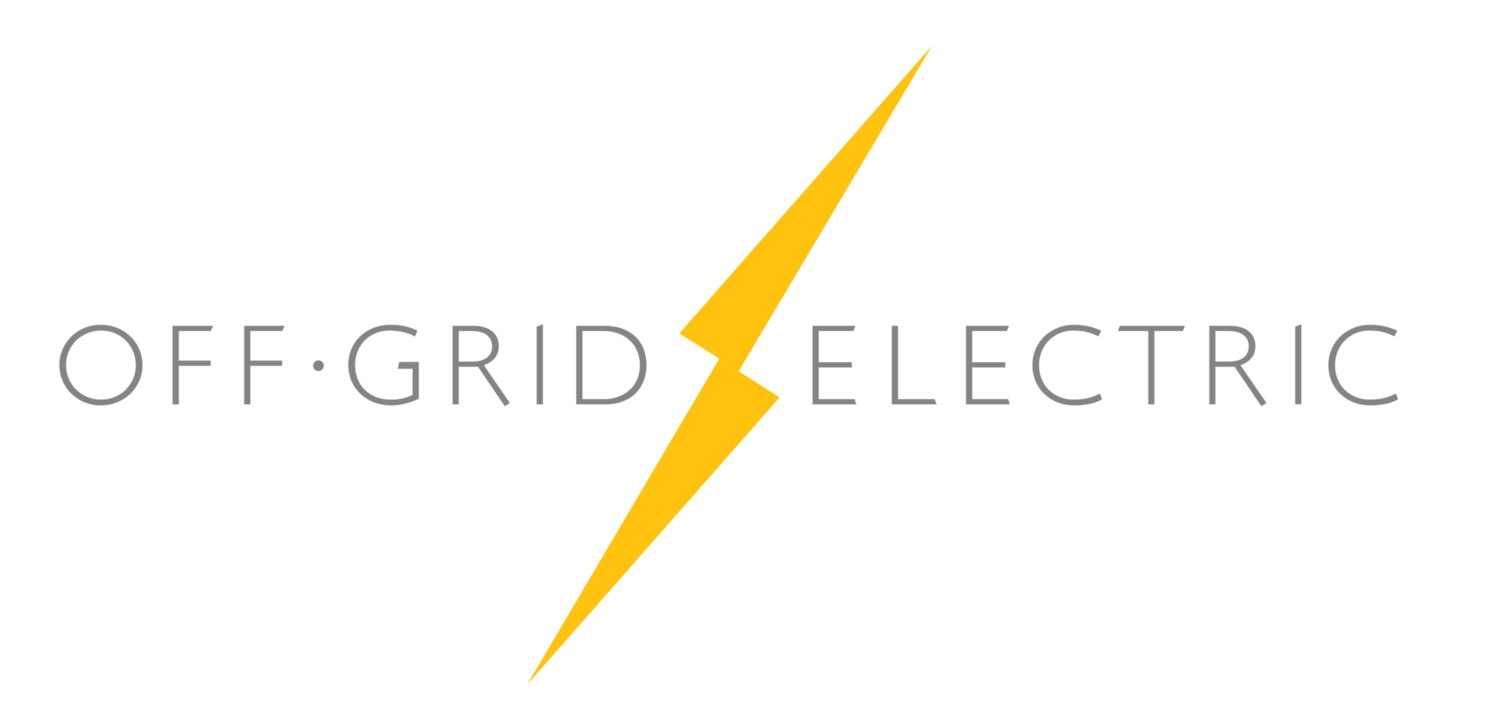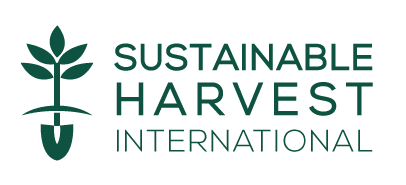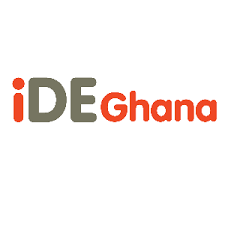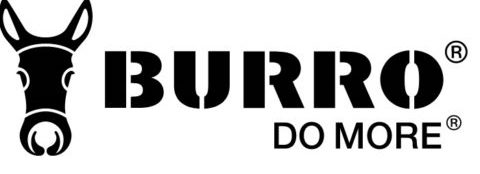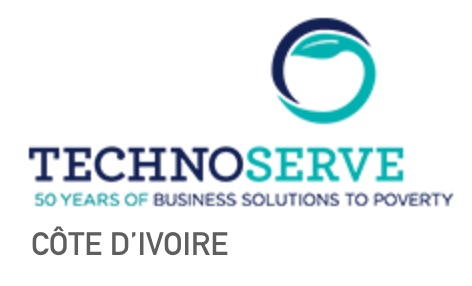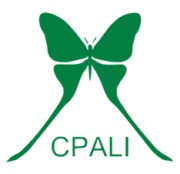Prospective Partners
Without great project partners, the Design for Extreme Affordability course would not exist.
To learn more about the partnerships we seek, and the way we work together, continue to read below. Being an Extreme project partner is a big commitment, but we hope that the benefits to our partners far exceed the costs.
If you would like to discuss being an Extreme partner, or suggest a potential partner, please see details on how to contact us below.
Working with Extreme
Overview
Design for Extreme Affordability (often referred to as “Extreme”) is a two-quarter elective course jointly offered by the Graduate School of Business and the School of Engineering at Stanford University. Each year, up to 40 graduate students across Stanford University sign up to learn how to use the latest innovation and design methods to address real-world challenges of poverty in collaboration with partners and the communities they serve. The result is real implementable solutions that have touched the lives of 150 million people worldwide.
Mission
Every student has a great experience. Every partner has a great outcome.
For students, this means providing an in-depth, multidisciplinary educational experience gaining expertise in applying the latest innovation and design methods in a social impact context. This journey takes students through immersion, building relationships, problem definition, solution identification, product and service design, viability planning, prototyping, testing and implementation.
For Partners and Communities, this means building a strong collaboration, helping to engage responsibility and respectfully with community members, supporting the ambiguous design process, supporting our co-design with community members, and a willingness to flexibly operate within the constraints we bring.
Statement of Intent
We acknowledge that the format and operation of our program involves difficult issues of equity and ethics in relation to partnerships, and in particular our relationship with the communities we engage with throughout the process. Our dual mission of learning while delivering requires careful and intentional action.
In our curriculum we help our students understand the issues of power, positionality and privilege, and how being US/California/Stanford based implies an enormous duty to collaborate responsibly and ethically with those who have so generously agreed to work with us.
We require our students to approach projects with a high degree of humility, acknowledging that they have little understanding of the context and needs of the community they will engage with. We recognize that practices such as “white saviorism” and “drop-in development” have been, and are, common in our field of work. Our responsibility is to combat this approach through the values we operate with and the methods we teach and model.
The innovation and design approach we are teaching and learning is based on Human Centered Co-Design, which puts the responsibility on our student teams to facilitate and engage in equitable relationships with those they are collaborating with, acknowledging that lived experience is the most important driver of any project.
Our goal for every project is to deliver a usable, feasible and viable solution with an actionable, targeted implementation plan. Unlike many university partnerships, we do not engage in extractive research, but have a continuous collaboration with our partners and community from early immersion to delivery.
We equate responsibility with delivery. Our student teams are focused, and graded, on their ability to utilize our tools and methods to provide tangible solutions with a strong possibility for impactful implementation.
Our ability to behave responsibly in our work is an evolving effort, in which we value our partners’ guidance.
What Makes a Great Extreme Project Partner
Defining a Challenge
In order to fulfill our joint mission of student education and impactful solution design, we want our students to experience researching and identifying the problem to be worked on. We will work with you to define a challenge area in which you would like the students to explore. One way we phrase this challenge is “if you had four Stanford students available for 4-5 months to work on an area that you are interested in, but have yet to find the resources to address, what would that be?” While “Extreme Affordability” has been in our name since the start, our focus is on delivering innovative solutions that are beneficial, impactful and viable, not just affordable.
Shared Project Responsibilities
Extreme provides:
- All physical and financial support for student work
- A small prototyping budget for the student team
- All logistics and planning for student travel
- Student travel expenses
- A small partner honorarium at project conclusion
Partner provides:
- 3-5 hours per week on average for a partner project champion to work with and facilitate the student’s work
- Facilitation of co-design process with community
- Resources to support Teaching Team for in country visit
- Hosting of 2 members of the student team during Spring Break (March)
Partnership Timetable
September/October
Work with Extreme Teaching Team to form partnership and define and document the challenge
November/December
Host member(s) of the Teaching Team on-site for finalization of partnership, briefing and meeting with staff, review of facilities and preparation for student visit in March
Mid January
Partners introduce themselves and present their context and challenges in class
February
Students are assigned to their projects and introduced to partners. Students begin Immersion and initial research work. Student will establish early connections with community virtually
March
Students (without Teaching Team) visit partner during Spring Break for 7-10 day visit
Early April
Partner and student team agree on the final problem definition
April/May
Students co-design, prototype and test solution with partner and community
Early June
Students present their solution and hand-off the implementation plan to the partner. Students will display their work at an end of year Expo event.
Contact Us
For 2023/24 we are focussing on projects and partners in Costa Rica.
If you would like to discuss being an Extreme partner, please fill out as much of this form as you can and we will contact you.
If you would like to suggest a partner, please provide contact details here.
What Past Partners Say
Just wanted to say great job on this project – I’m so impressed to how much work you’ve done in such a short period of time and how critical you’re thinking about the problems in the clinic. You’re quickly becoming experts and I wish we could keep you forever!
The experience, smarts and energy of both our Extreme teams, coupled with the rigorous design process provided by the d.school, allowed for very significant leaps forward in two different areas. I really believe that the power of a Stanford/miraclefeet team will result in the development of a brace that will have significant impact on the cost and effectiveness of clubfoot treatment on a global scale. And the simple text message tool developed by the other Extreme team is practical, low cost and leverages a technology that is widely available. Both ideas will make major contributions to clubfoot treatment, which in turn will transform the lives of children around the world.
Extreme teams have the time and outside perspective to think deeply and creatively about a concept. The organizational reality for us is that we need to move fast and execute efficiently, and this creates pressure to stick with “safe” ideas. We leverage the creativity of Extreme teams to explore totally new ideas and keep us thinking outside the box.


